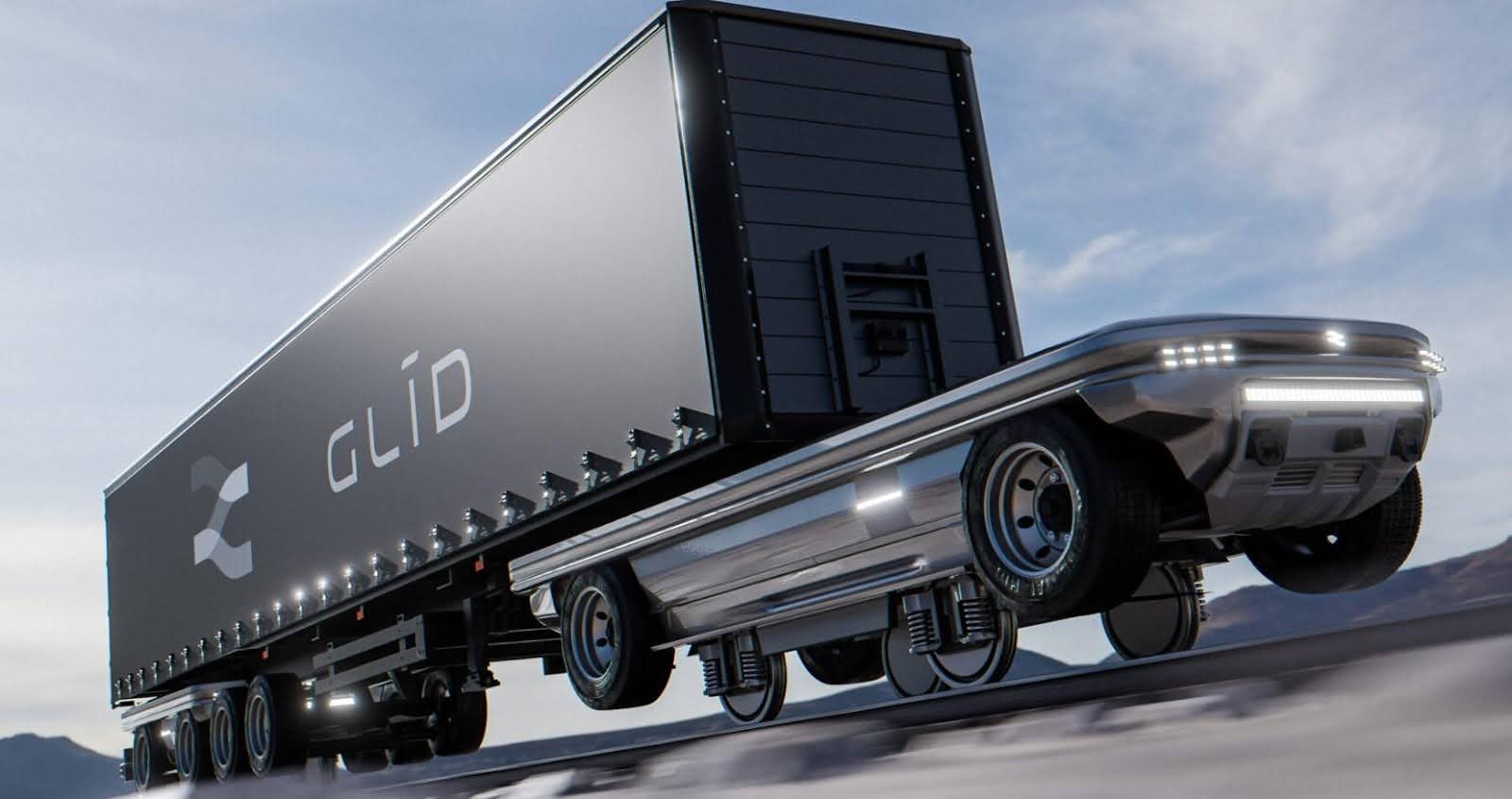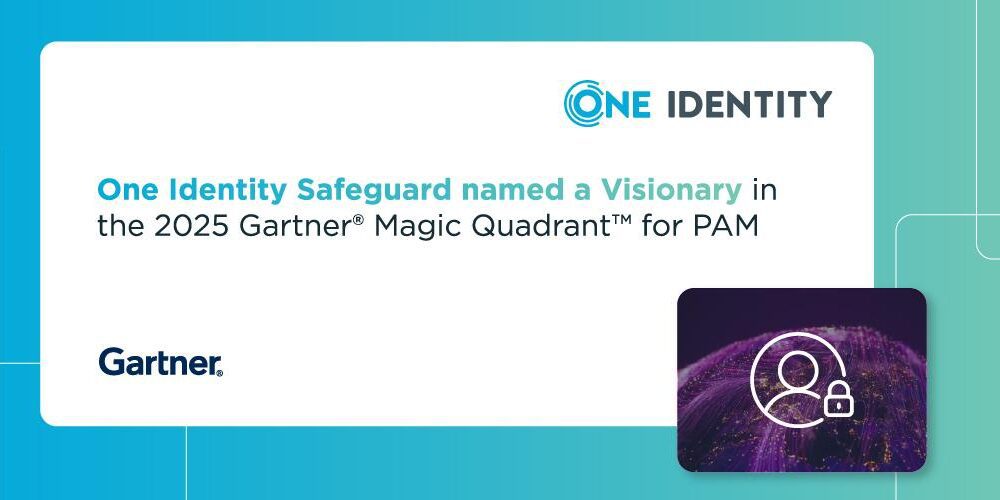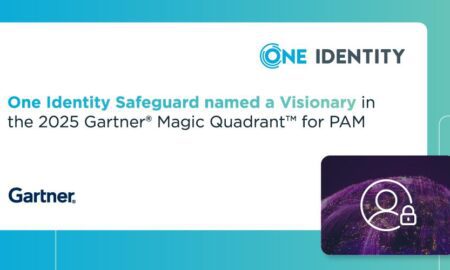Glīd Technologies is a visionary focused on autonomous road-to-rail solutions within the first mile. The company’s transportation innovations are transforming how goods are moved from one place to another in global supply chains, thanks to its transformative autonomous road-to-rail solutions. Its overall mission is to modernize freight movement in the congested global supply chain by creating autonomous road-to-rail infrastructure to streamline operations in the United States and worldwide.
Glīd Raises $3.1 Million in Blue-Chip Pre-Seed Funding for Road-to-Rail Project
On July 22nd, 2025, the company reported it was overprescribed in its fund raising of $3.1 million in pre-seed funding for its autonomous road-to-rail infrastructure project. Outlander VC led this round of investments into the project, followed by Draper U Ventures, The Veteran Fund, Antler, M1C, and angel investors. They see this project as paving the way toward a future featuring advanced climate infrastructure, national supply chain resilience, and industrial reinvention of freight transportation.
“The first mile of our supply chain hasn’t evolved since the advent of rail, and it’s now the biggest bottleneck for moving goods. Glīd offers the most timely and innovative solution we’ve seen to fix it, from commercial freight to critical defense logistics,” said Jordan Kretchmer, Senior Partner at Outlander VC and Glīd board member. “With decades of experience in rail and logistics, this team is uniquely positioned to lead the transformation.
This announcement comes a week after Glīd showcased its two new first-mile logistics technologies at the New Mobility Futures event in Detroit, Michigan. Here is a brief overview of each one:
Rāden Unmanned Road-to-Rail
One of these groundbreaking technologies was Rāden, the first unmanned, autonomous, hybrid-electric road-to-rail freight vehicle ever introduced to the world. It can autonomously travel from roads to rail tracks without any human intervention or control. Investors and spectators were impressed with Rāden’s low-profile design and LPG-based range extension. The vehicle is fully capable of navigating the toughest off-grid environments where ordinary logistics vehicles cannot operate.
EZRA-1SIX AI Software
Glīd also introduced its new EZRA-1SIX proprietary AI-powered logistics orchestration software at the event in Detroit. The autonomous road-to-rail infrastructure will utilize the EZRA-1SIX software to serve as the central control for the entire operation, particularly Glīd’s dual-mode autonomous vehicles, such as Rāden and GliderM.
EZRA-1SIX can plan and dispatch in real time by autonomously planning routes, loading assignments, and coordinating vehicles throughout the road-to-rail infrastructure system. Its ability to manage multimodal autonomy allows the software to autonomously transition the freight vehicles from road driving to rail travel without any issues. Every transition is scheduled and plotted to ensure a safe and secure journey for the vehicles.
There are human-based safeguards in place despite most of the operations being automated. EZRA-1SIX allows operators to enable human-in-the-loop control, a built-in feature that manually overrides the system’s decision-making process. Human operators may need to enable this feature when dealing with more complex, real-world situations in commercial and defense settings.

Founder and CEO Kevin A Damoa and the newly released unmanned Rāden will be powered by the company’s EZRA-1SIX AI-powered logistical software.
We’re building the logistics infrastructure of tomorrow—autonomous, resilient, and secure for both commercial and contested environments,” said Kevin A. Damoa, Founder and CEO of Glīd. “Whether it’s accelerating throughput at congested ports, operating across austere terrain, or strengthening supply chains for critical industries, Glīd delivers where legacy systems fail. This is not just automation. It’s sovereignty. It’s security. And it’s what American innovation is built for.”
Why This Project Matters
Market economists predict the global freight market will be worth more than $20 trillion over the next eight years. For this reason, there is a growing demand for intelligent infrastructure with autonomous and scalable capabilities, such as Glīd’s autonomous road-to-rail systems.
The biggest area of the supply chain where this will be most beneficial is the first mile of traditional freight movement, where workers need to transport containers from congested seaports to railyards. Companies typically incur a significant expense for this task due to the time and labor involved.
Thanks to the latest investment, Glīd will now be able to successfully transition into the real-world deployment of its autonomous road-to-rail solutions. The company leaders plan to use the $3.1 million in raised capital to officially launch GliderM, the human-operated hybrid-electric road-to-rail vehicle introduced at the Detroit event earlier in the month.
The goal is to have the vehicle released for active field operations in Washington state and California by the end of the third quarter of 2025, which is approaching soon. GliderM is not a fully autonomous road-to-rail vehicle like Rāden, but it does have a roadmap to achieve autonomy in the future.
For now, the manned GliderM hybrid-electric vehicle will be used to move 20-foot cargo containers and heavy payloads directly from drivable roads to railroad tracks across Washington and California. No forklifts or transloading steps are required with the GliderM. This technology is quite cost-efficient because it reduces the traditional manual labor used in such first-mile freight operations.
Other portions of the raised capital will help fund the following long-term goals and ambitions of the company:
- Streamline the development of the fully autonomous road-to-rail vehicle, Rāden
- Improve the capabilities of the EZRA-1SIX AI-powered logistical software
- Expand the company’s business development and engineering teams
- Strengthen strategic partnerships between government agencies, ports, and rail operators
Meet the Glīd Team

Founded in 2022 by Kevin A. Damoa, a former SpaceX and U.S. military logistics leader, Glīd brings together a cross-disciplinary team with deep expertise in aerospace, autonomy, defense logistics, and advanced manufacturing. Pictured left to right: Chaitali Narla, CTO; Kevin A. Damoa, Founder and CEO; Tony Petraborg, Chief Engineer; and Matt Mueller, COO.
Their purpose in starting Glīd is to reclaim underutilized rail infrastructure by assembling a cross-disciplinary team of experts in aerospace, autonomy, ground systems, manufacturing, and defense logistics. These brilliant professionals aim to utilize their advanced knowledge and skill sets to develop innovative autonomous road-to-rail solutions that will not only reclaim underutilized rail infrastructure but also revamp the supply chain from the ground up to make it more efficient.
Glīd has already developed a subscription-based Mobility-as-a-Service (MaaS) model to increase scalability and reduce costs of the supply chain throughout defense and industrial applications. The model of the platform is a perfect blend of AI, robotics, and modular vehicles, designed to boost the speed of freight operations across various locations, including ports, industrial sites, and defense corridors.
Glīd’s MaaS has achieved substantial benefits for the freight industry, including emissions reduction, increased mobility, labor stability, and enhanced supply chain visibility. One can only imagine the impact that the company’s newest autonomous road-to-rail vehicles and infrastructure will have on the global supply chain in the years to come.
Find out more on | Website: http://www.glidtech.us | Youtube: @Glīd-Road2Rail

































